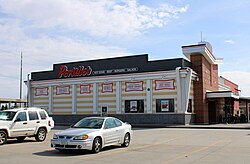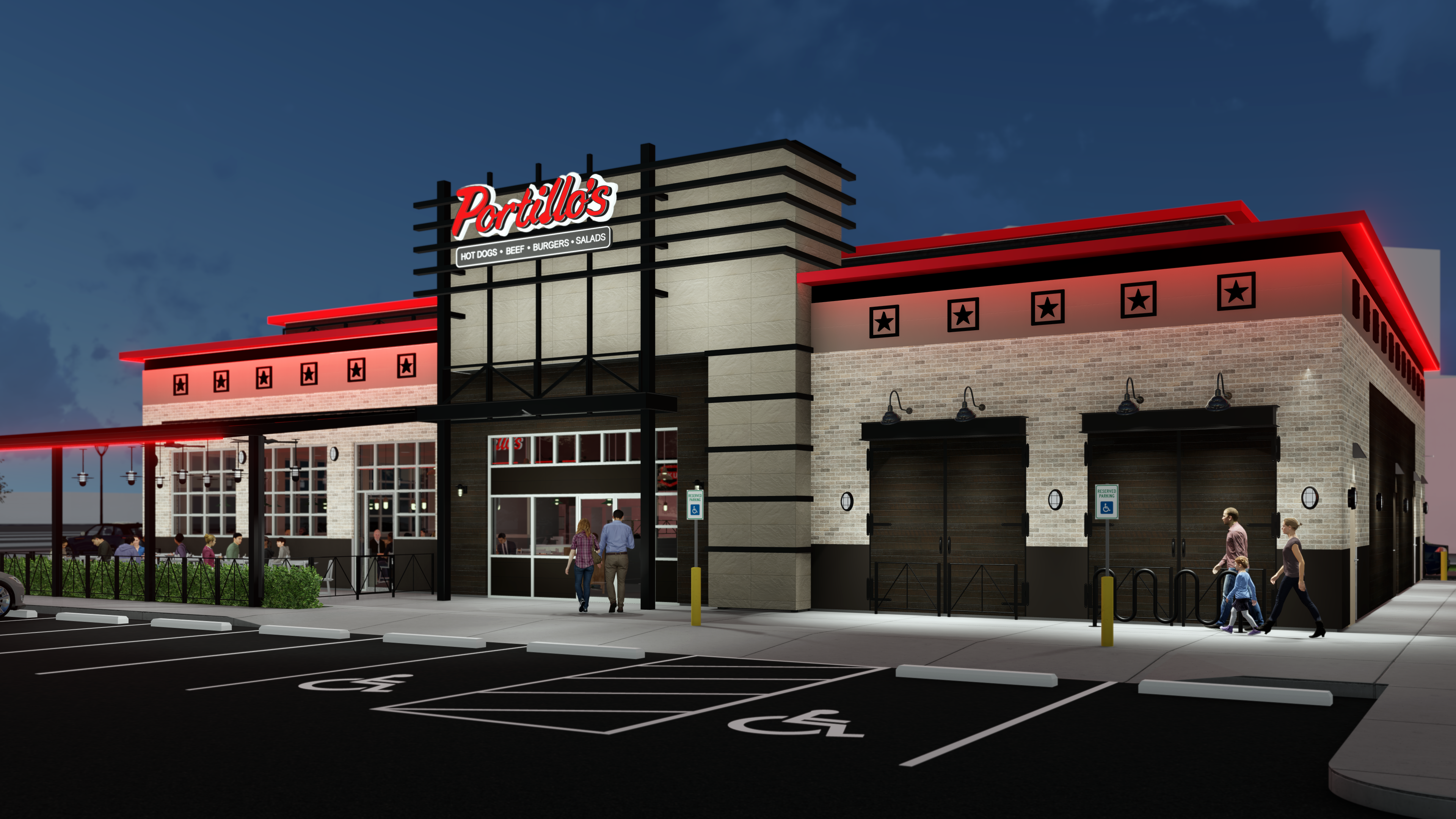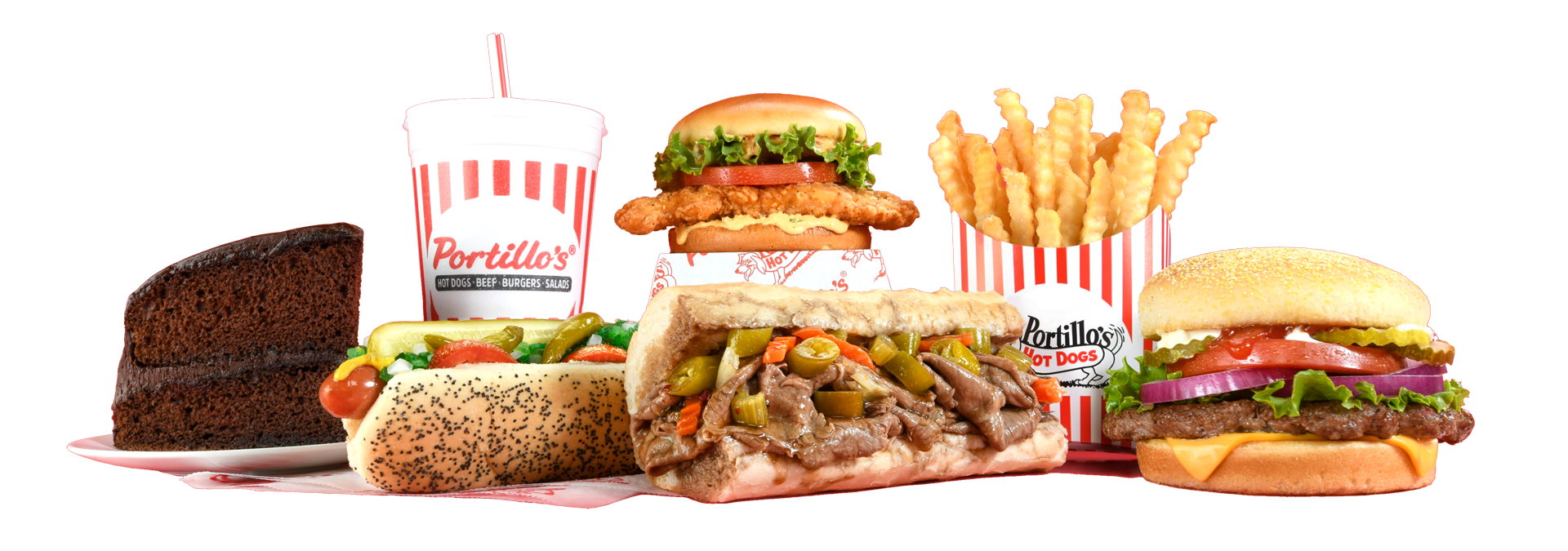Portillo’s Pulls Back, Ends Breakfast To Double Down On Core Markets
Portillo’s is slowing expansion and ending its Chicago breakfast pilot to concentrate on core markets, embrace clustering, simplify operations, and target positive free cash flow in 2026 amid industry pricing and promotional pressures.

Why Pull Back Now?
Portillo’s is pulling back on expansion and ending its Chicago-area breakfast pilot to recenter growth around places where the brand already fits into the daily routine. The company described a development retrenchment intended to "sharpen focus on its core markets," pairing slower unit growth with operational simplification. The move is framed as a recalibration, not a retreat. The aim is straightforward: keep traffic resilient and protect profitability where density and access already convert into dependable visits. The timing reflects current headwinds. Leadership flagged "pricing and promotional dynamics within the industry" as a factor likely to shape consumer behavior through the remaining months of 2025. That backdrop doesn’t reward complexity. It rewards habits. So the plan is to invest where Portillo’s advantages—habit, proximity, and repeatable operations—are embedded. This is a simple bet on what already works, executed with more discipline and less noise. Shorter menu-dayparts. Tighter growth lanes. Cleaner operations. It is a practical reset designed to stabilize today while preparing for tomorrow.
Texas And Density
Performance in Texas exposed the gap between core-market muscle and out-of-core realities. In the Lone Star State, the footprint is more scattered and brand awareness thinner than in Chicago. That changes the calculus of convenience. Fewer nearby units mean fewer incidental reminders and longer drives. Habits don’t form as easily when the restaurant isn’t close. CEO Michael Osanloo put it in plain terms: "There's a reason why we are so dominant in Chicago. If you're in the Chicagoland area, in any of the suburbs, pretty much within 5 miles of you there's a Portillo's," Osanloo said. "So if you have a craving for Portillo's, you can go." Density does two jobs at once. It builds recognition and removes friction. Texas lacks that reach today. The lesson is clear: presence scattered across a wide map isn’t the same as presence that’s felt daily. In Chicago, proximity turns a craving into a quick stop. In a spread-out market, that same craving competes with time and distance. The result is uneven traffic and less predictable performance.
Clustering For Scale
The development playbook is tightening. Portillo’s is emphasizing clusters that can support familiarity and access before stretching into more diffuse geographies. The model links market density, brand salience, and traffic reliability. Build enough critical mass so customers see the brand often and can reach it without effort. Make convenience the default, not the exception. This is an effort to reproduce the Chicago effect elsewhere only when the preconditions are present. That requires pacing. New openings will be sequenced so a market scales into a habit, not a novelty. The retrenchment signals a pivot back to the conditions that have historically supported strong traffic: repeated exposure, short drives, and consistent execution. In practice, that means fewer dots on the map but more synergy between them. A tighter footprint becomes a louder message. Frequency follows reach, and reach is a function of how many neighborhoods can get to a unit quickly. Clustering turns awareness into action.

Simplify To Execute
The company is pairing the geographic shift with operational simplification. Leadership expects "pricing and promotional dynamics within the industry" to persist through the remaining months of 2025. The counter is value, service improvements, and tighter execution. A notable step: ending the Chicago-area breakfast pilot, which launched this spring and expanded in July. Removing that daypart reduces complexity at the unit level. Fewer moving parts mean cleaner lines, faster throughput, and sharper focus on the core menu. Capital allocation is getting the same discipline. Portillo’s plans to "optimize capital deployment to position Portillo’s for positive free cash flow in 2026," and it is restraining new restaurant growth so dollars follow proven demand patterns. The message is steady and sober. Protect the P&L today. Build a clearer case for cash generation over the next planning horizon. In practice, that looks like less experimentation and more repetition of what works. The goal is not flash. It is repeatable, high-confidence operations that can withstand shifting promotions around the industry.
Sales And Oversight
The operational focus arrives alongside modest comparable sales and sharper governance scrutiny. Portillo’s reported a 0.7% same-store sales increase in fiscal Q2, on top of 1.8% growth in Q1. Those gains follow similarly sized decreases in the prior-year quarters. Momentum exists, but it is tempered. This helps explain a cautious posture on guidance and the measured tempo of growth. Operational priorities have been a flashpoint. Stakeholders have pressed on speed of service and the large footprint of many restaurants. Earlier this year, the company appointed former Darden executive Gene Lee to its board, adding seasoned restaurant-operations expertise as execution moves to the forefront. In that context, ending the breakfast pilot and restraining new openings track with a push to strengthen unit economics and service consistency. The chain is trading breadth for depth, favoring reliability over reach. It’s a disciplined stance: fix the fundamentals before adding more volume to the system.

Investor And Analyst View
Investor reaction is cautiously optimistic, with a clear demand for proof. William Blair analyst Sharon Zackfia pointed to solid openings in Florida and Arizona in an emailed research note, but she also underscored the need for sustained evidence. "Portillo’s stock remains a show-me story," she wrote. It’s a direct challenge: show measurable, repeatable performance in new markets before investors give full credit to the broader growth thesis. Zackfia also warned about potential unit-level margin pressure tied to "more normalized average unit volumes as the company expands throughout the United States." Early volumes in fresh markets can be elevated. Over time, they settle. That normalization can squeeze margins unless traffic is durable. The implication is simple. Clustering must convert early buzz into everyday behavior. Awareness needs to become habit. Habits need to become reliable visit frequency. That is the pathway from promising launches to long-term returns.
What Remains Unclear
Several practical questions remain open as the company recalibrates. The speed of the retrenchment, the cadence of new-unit openings, and the sequence of target markets are not specified here. Beyond the decision to end the breakfast pilot—launched this spring and expanded in July—plans for daypart innovation aren’t detailed. The financial target to "optimize capital deployment to position Portillo’s for positive free cash flow in 2026" is clear, but the mix of unit growth, cost control, and marketing needed to get there is not enumerated. The comps picture adds nuance. A 0.7% Q2 increase and 1.8% Q1 increase show positive movement, yet lapping similarly sized declines suggests a stabilization phase rather than a breakout. And because "pricing and promotional dynamics within the industry" are expected to persist through the remaining months of 2025, executional consistency must shoulder more of the load. This playbook relies on the basics done well. Tight operations. Smart pacing. Value that feels tangible to guests. In short, winning the shift from aspiration to routine.
Execution Before Expansion
The next chapter puts execution first and expansion second. Portillo’s is making density a strategy, not just a Chicago circumstance. Leadership is refining development to concentrate where habit already exists, then scale outward as recognition and access catch up. By pruning complexity—ending a nascent breakfast daypart—and curbing unit spread, the brand is betting that value and service can carry more of the traffic load while promotions swirl across the sector. The board’s appointment of Gene Lee signals that operational rigor is the lever to restore confidence. Meanwhile, places like Florida and Arizona show encouraging signs, but they remain early. If clustering succeeds, it can compress the distance between awareness and repeat visits, turning familiarity into a durable, local advantage. That is the core-market formula Portillo’s aims to reproduce: being close enough, often enough, to become the easy choice—and then adding units only when that choice is already a habit. The lesson is blunt and useful: build the habit, then build the map.